Born and raised in Madrid (Spain), Carlos graduated from the European University of Madrid with a master’s degree in Photography in 2010, that same year he was selected as one of the best upcoming photographers to participate in the international award “Descubrimientos PhotoEspaña” for his series ¨Dreamtown¨, shortly after he moved to San Francisco to continue developing his career in Photography where quickly got involved in the Photography community of the Bay Area, taking part in several group shows in galleries and venues in different cities of the United States, He was also the recipient of the Rayko’s artist-in-residence program in 2014 and was chosen as one of 2016 PDN’s 30 new and emerging photographers to watch, more recently his series Façade was shortlisted for various awards, including the Book Dummy Award (organized by Photo London and La Fabrica), the Landskrona Foto Dummy Book Award and the Fiebre Dummy Award. Currently, Carlos splits his time combining his personal work with editorial assignments for magazines like Apartamento, The California Sunday Magazine, The FADER or WSJ Magazine among others.
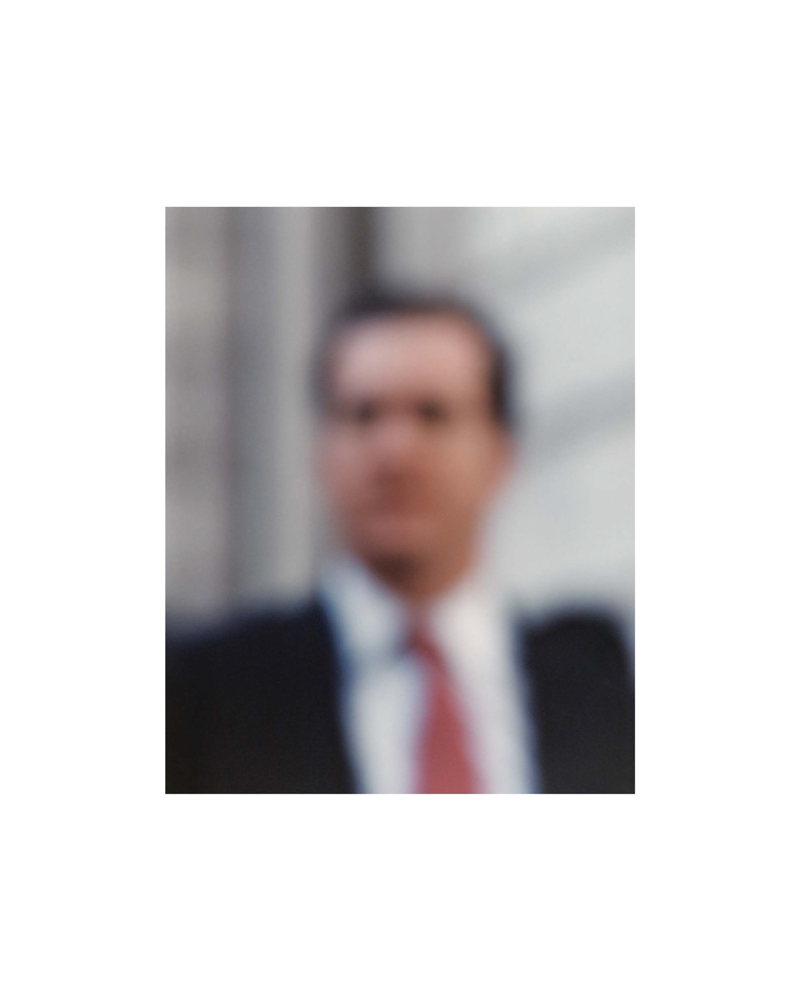
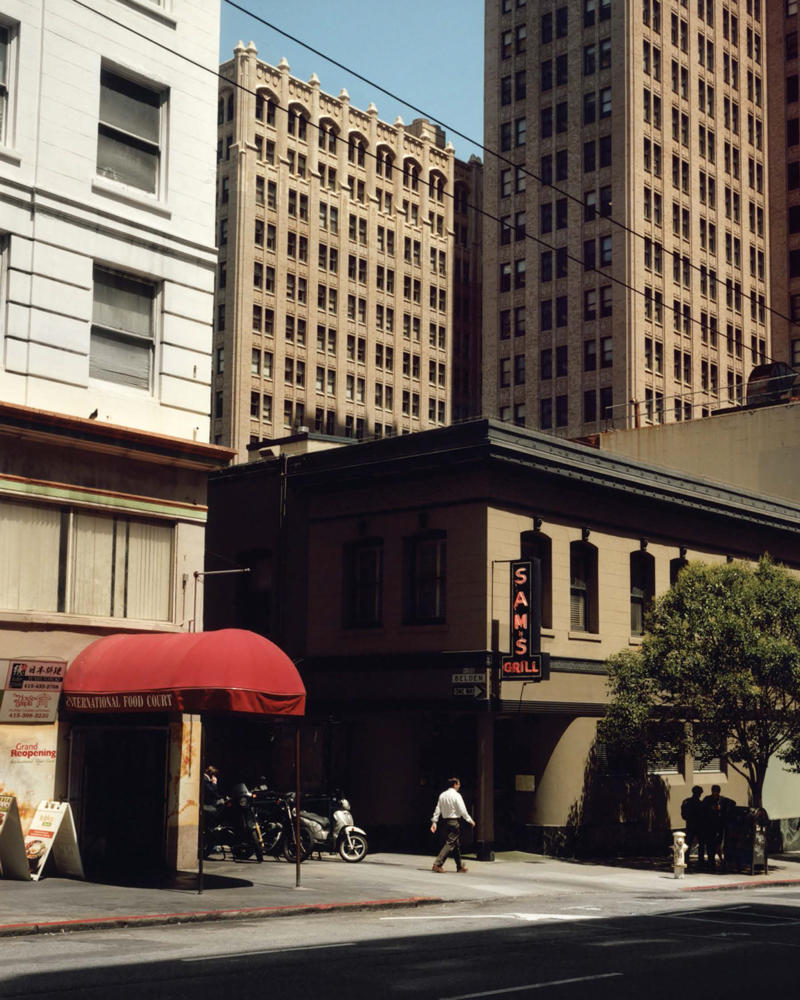
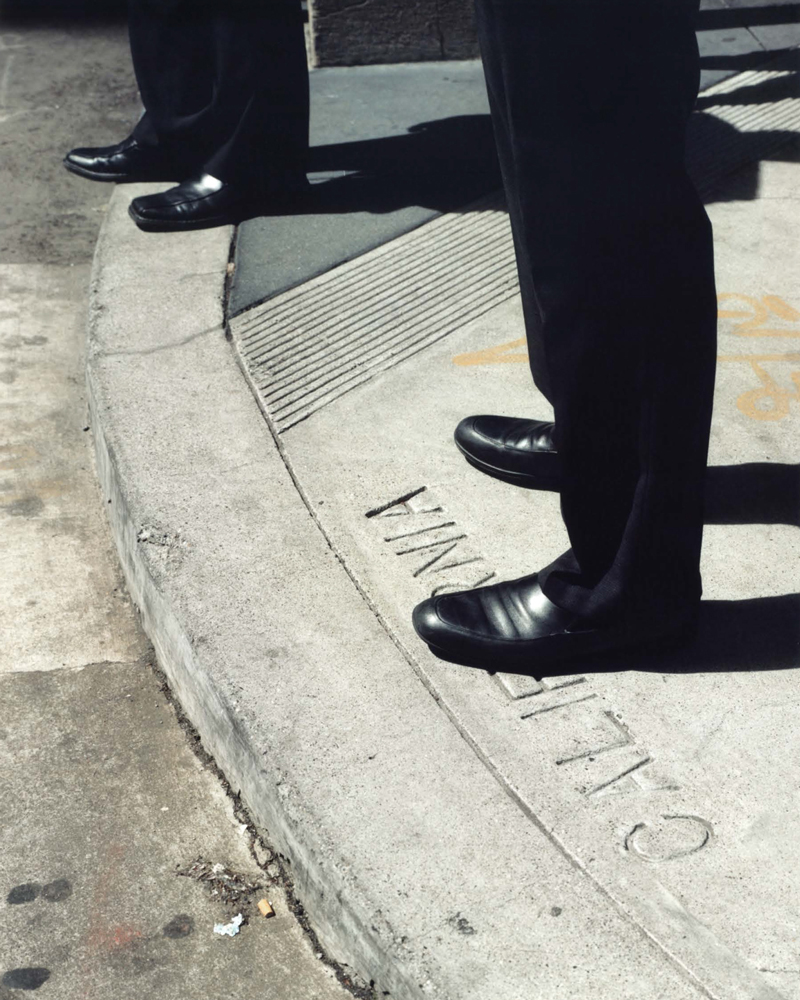
Façade
The discovery of a group of old images of various business meetings was the starting point for Façade, they led the artist to question about how the classic image of power and success in the business world has been historically portrayed, the importance of appearance that’s connected to it and how that can be still perceived at a visual level in financial districts, the photographs in Façade presents a world in which the individuals who inhabit it appear to have been dispossessed of any trace of identity and they are in result treated as a unique faceless element, in contrast, the large, concrete and steel made of structures they are surrounded by, seem as elegant in their attire and even more human in detail than them. The skyscraper and the “man in a suit”. The viewer doesn’t need to see their faces to know where they belong or where they are headed, its enough with intuiting the shape of their tie or suits in the images.
This idea of anonymity contrasts with the use of photographs of sections of building façades, a way to invert the logic, transferring the human element to the buildings and dehumanizing the subjects. The presence of golden motifs is constant throughout the series, like a trail that the subjects follow along the visual narrative, a symbol of wealth and power and the goal and fuel by which this world is driven by.


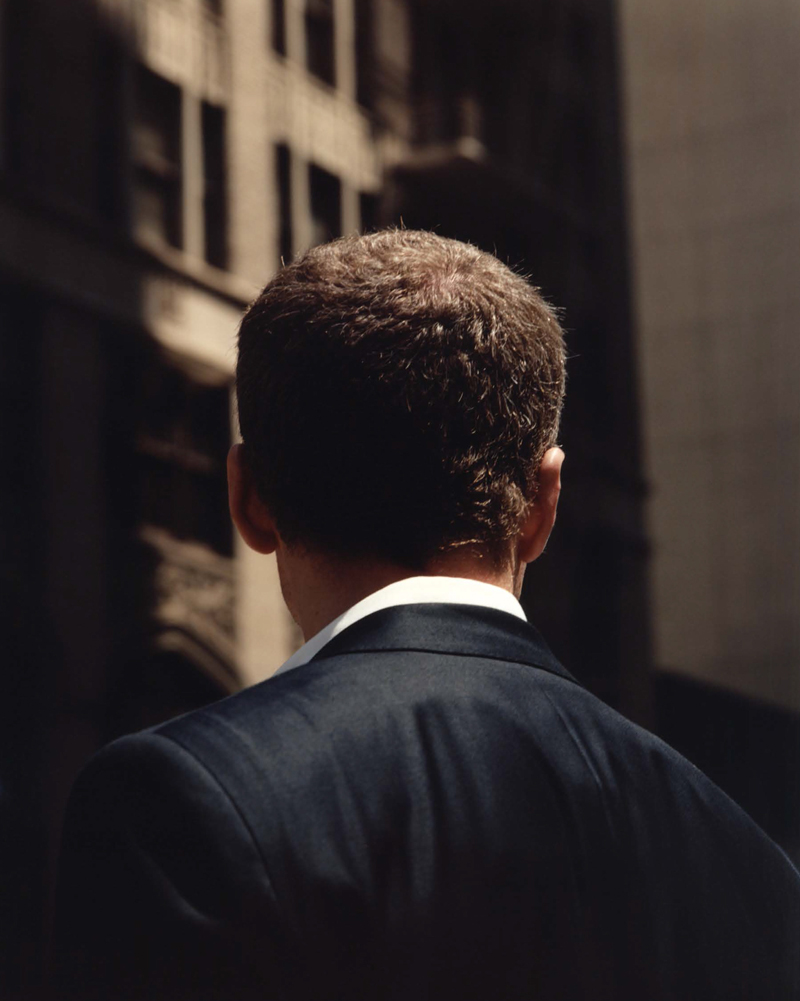
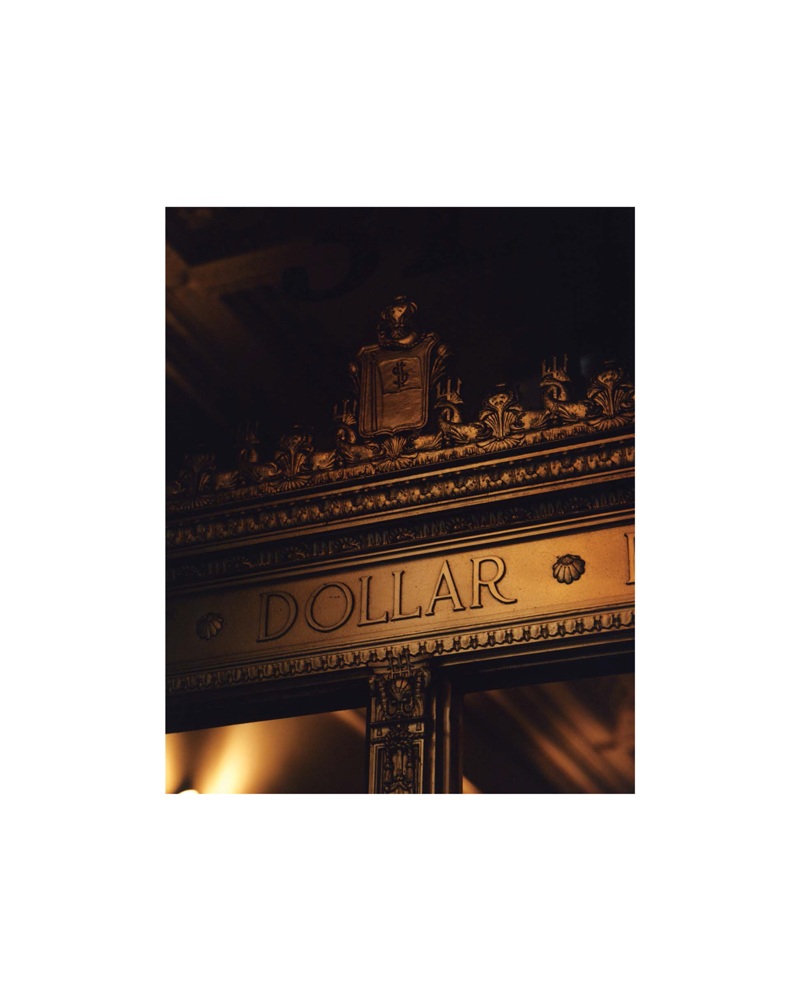


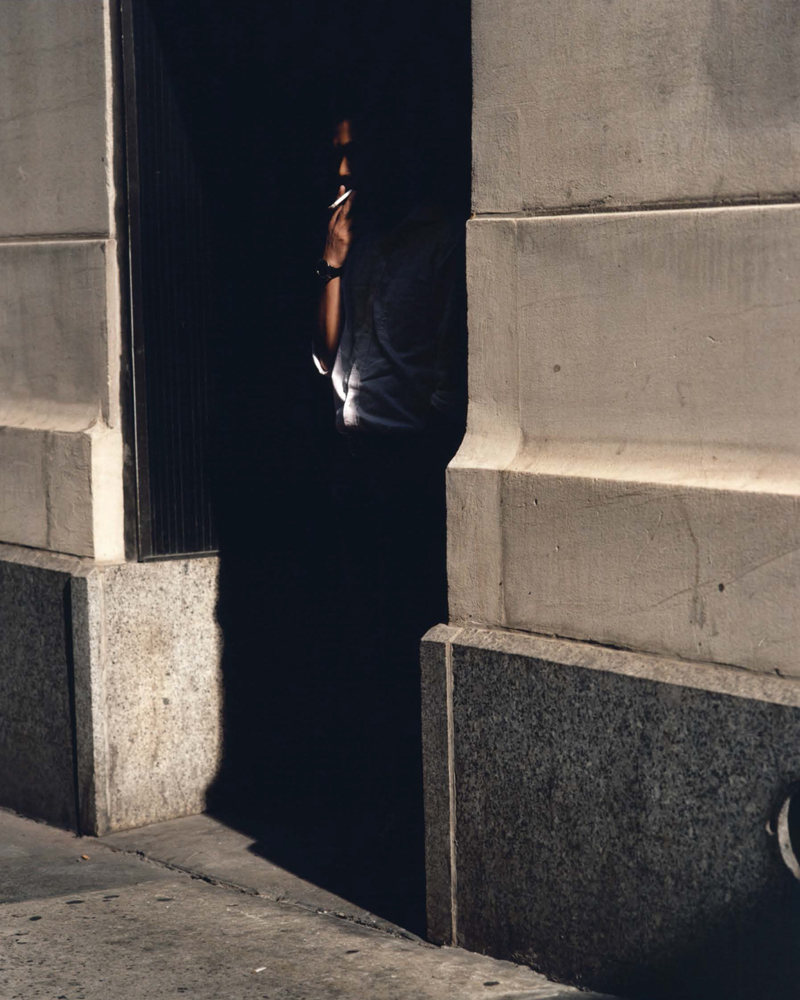


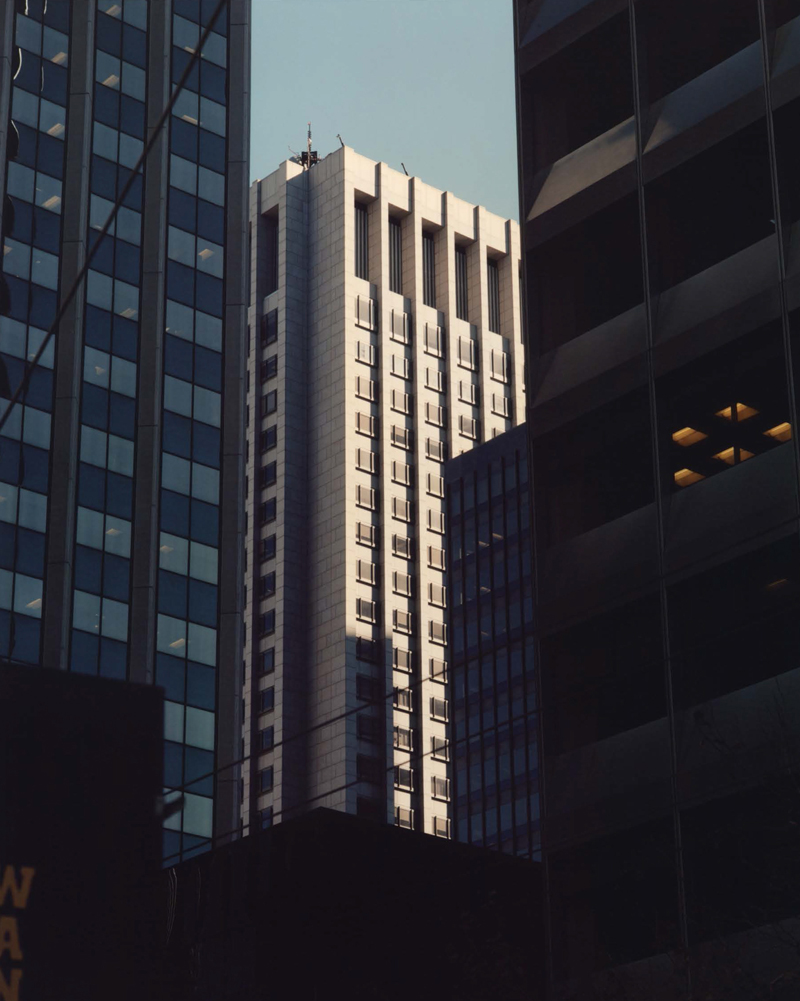
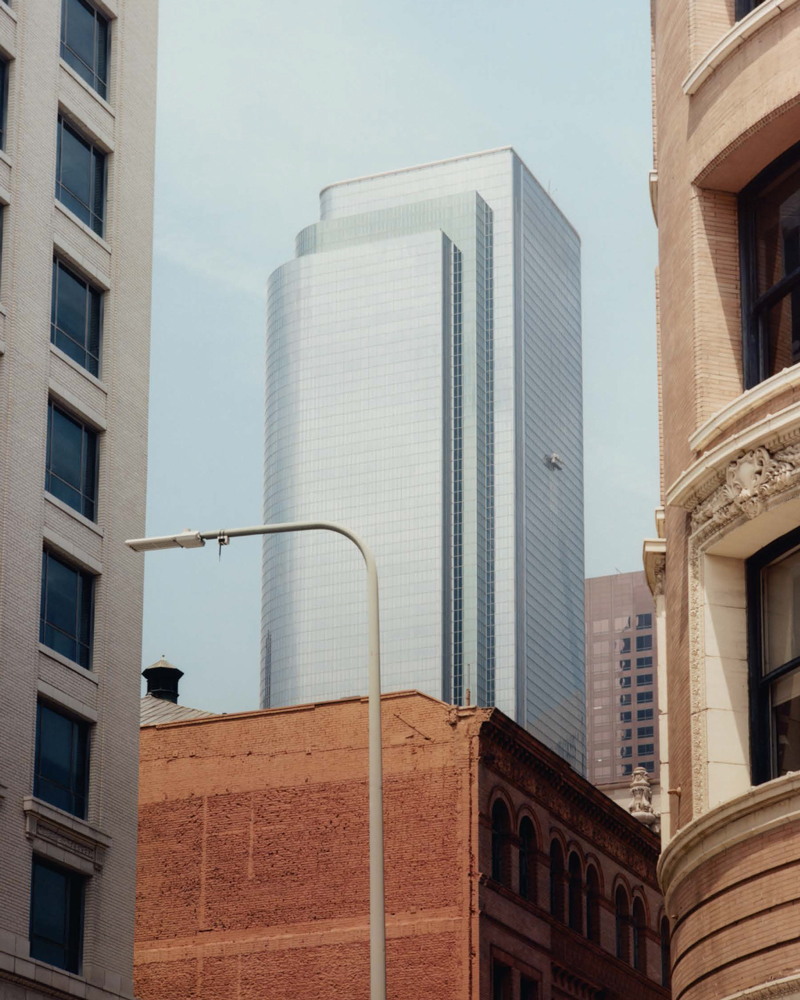
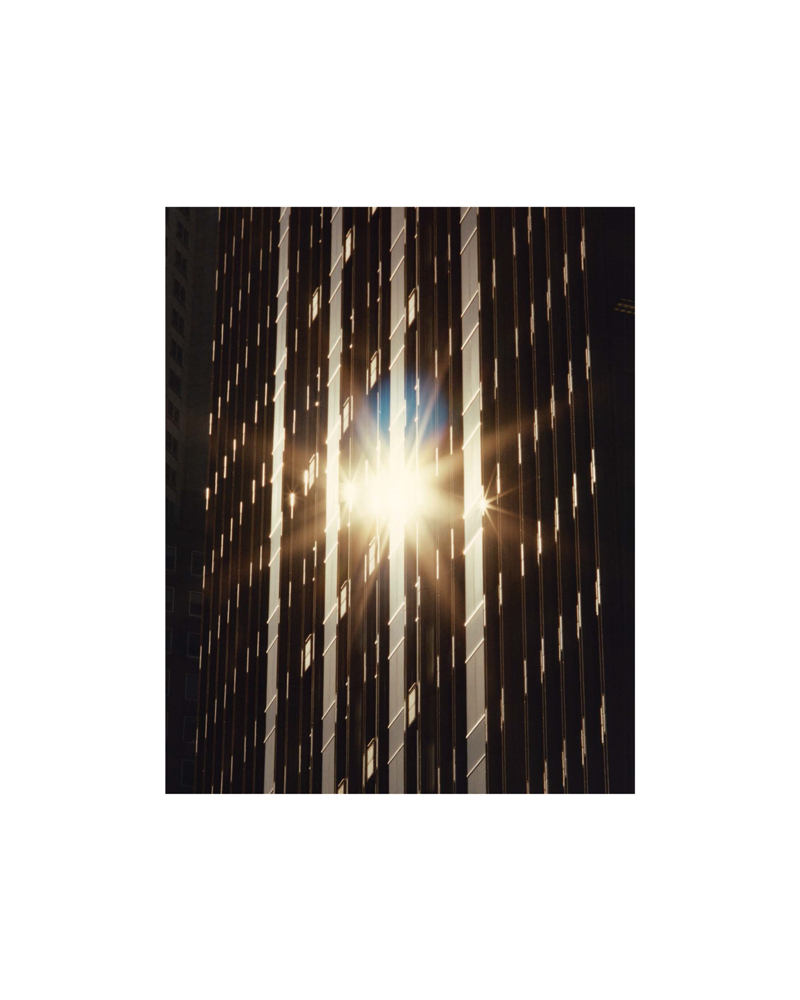

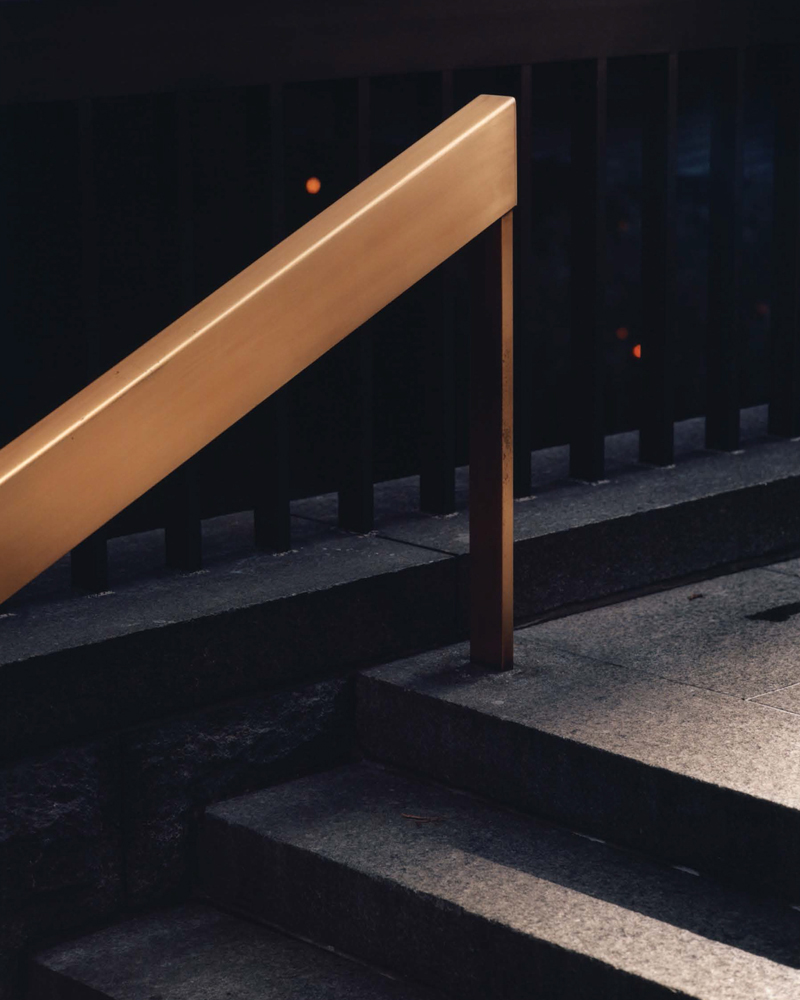
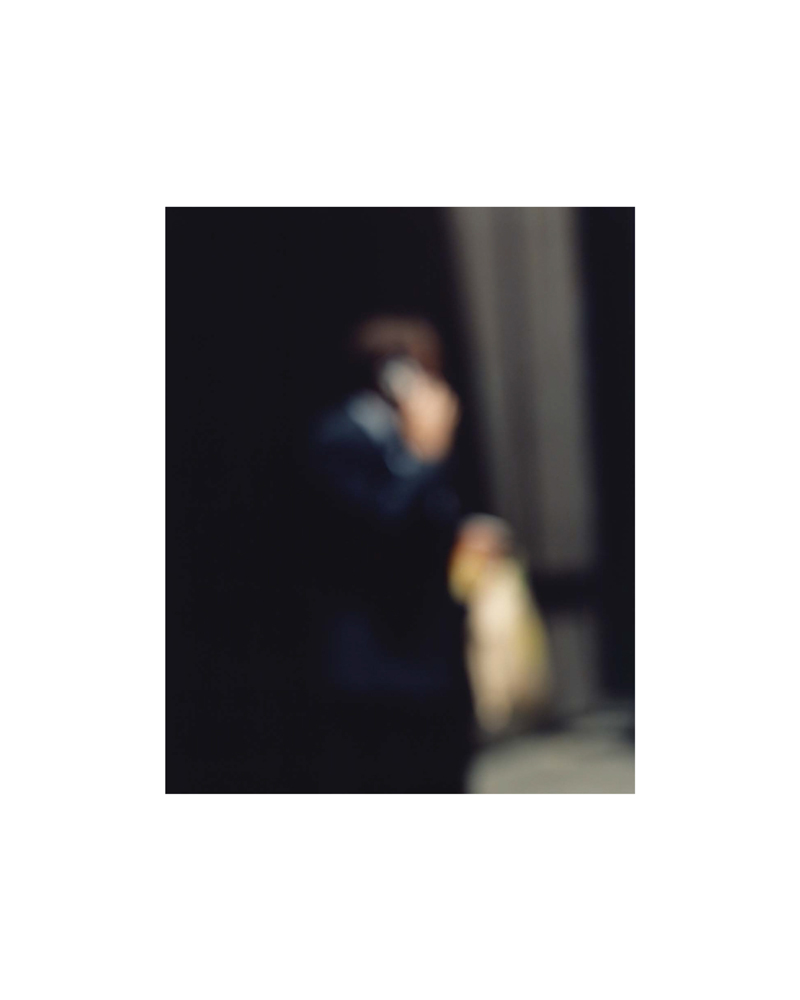


To view more of Carlos Chavarría’s work please visit his website.